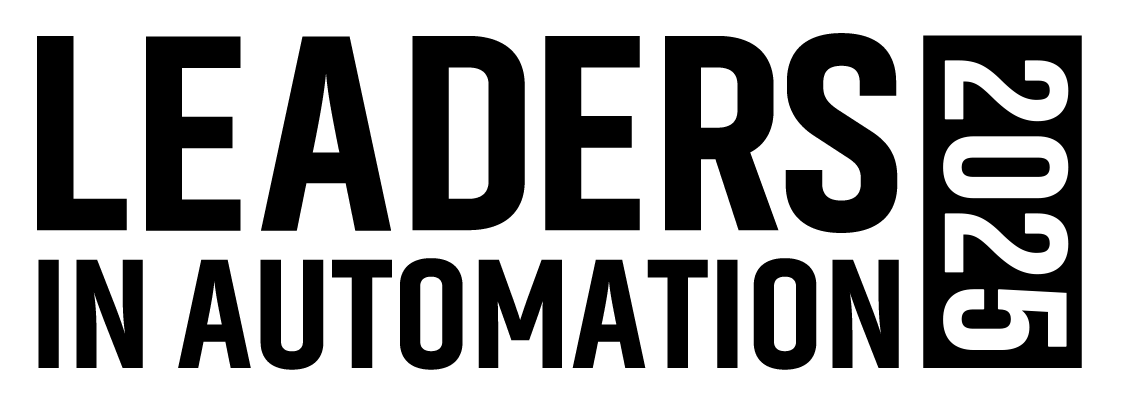How Floating Carriers and Smart Conveyance Systems Are Transforming Factory Floors
While a great deal of the manufacturing industry’s attention has lately been focused on artificial intelligence applications, there’s been a not-so-quiet revolution taking place with conveyance technologies. The traditional technologies of servo motors, drives and conveyor belts still feature exist, of course, but there’s also been an explosion of advanced carrier technologies designed to address changing customer demands, fluctuating supply chain scenarios and more frequent changeover requirements without downtime.
One of the most striking developments in conveyance tech has been the rise of floating carriers that can move in any direction as needed while avoiding collisions with other floating carriers in the conveyance area.
John Atchison, product manager of high-speed smart conveyance at Bosch Rexroth, explained that Bosch Rexroth uses a permanent magnet motor system in its ctrlX Flow6D system to provide more flexibility in motion than the coil systems used in other floating movers. He added that ctrlX Flow6D movers float up to a 20 mm height and a 10 mm height with a full payload and can operate in a horizontal, vertical or overhead arrangement. The payload max for the 160 mm mover is 3 kg; for the 220 mm mover it is 6 kg. The movers can also tilt 10?.
According to Bosch Rexroth, the additional degrees of freedom provided by ctrlX Flow6D mean that fewer peripheral devices are needed, enabling the conveyance system to become more compact, less complex and cheaper.
“All of our linear motion technology is designed to shrink your footprint,” said Atchison. “We can go from point to point quicker with our FlowHS linear motion design, which allows us to bring the footprint down so that everything's scalable to the needs of the application.”
See John Atchison’s explanation of the ctrlX Flow6D and FlowHS linear motion technologies in the video below.
Energy benefits of ctrlX Automation
At Automate, the company also showcased its ctrlX Automation portfolio, featuring its ctrlX Drive and ctrlX Core in a 40-axis demonstration. Dave Cameron, director of product and project management at Bosch Rexroth, highlighted two ways ctrlX provides energy efficiency to production operations. The first of these involves the use of regenerative power. Here, a central power supply is used to allow the energy generated when the system stops to go back into the grid.
In this application, your electricity meters are, in a sense, “running backwards by collecting that stopping energy rather than burning it off as heat,” said Cameron. “This is a common application for high energy systems such as big press machines with long cycles.”
The second energy efficiency method involves the use of capacitors. “If you have a high hit rate machine like a punch press — or any machine with that generates energy when stopping — that energy can be put into capacitors and then reused for the forward energy of the system.
See Dave Cameron’s explanation of the ctrlX 40-axis demonstration at Automate 2025 in the video below.
More insights from Bosch Rexroth at Automation World:
About the Author
David Greenfield, editor in chief
Editor in Chief

Leaders relevant to this article:
